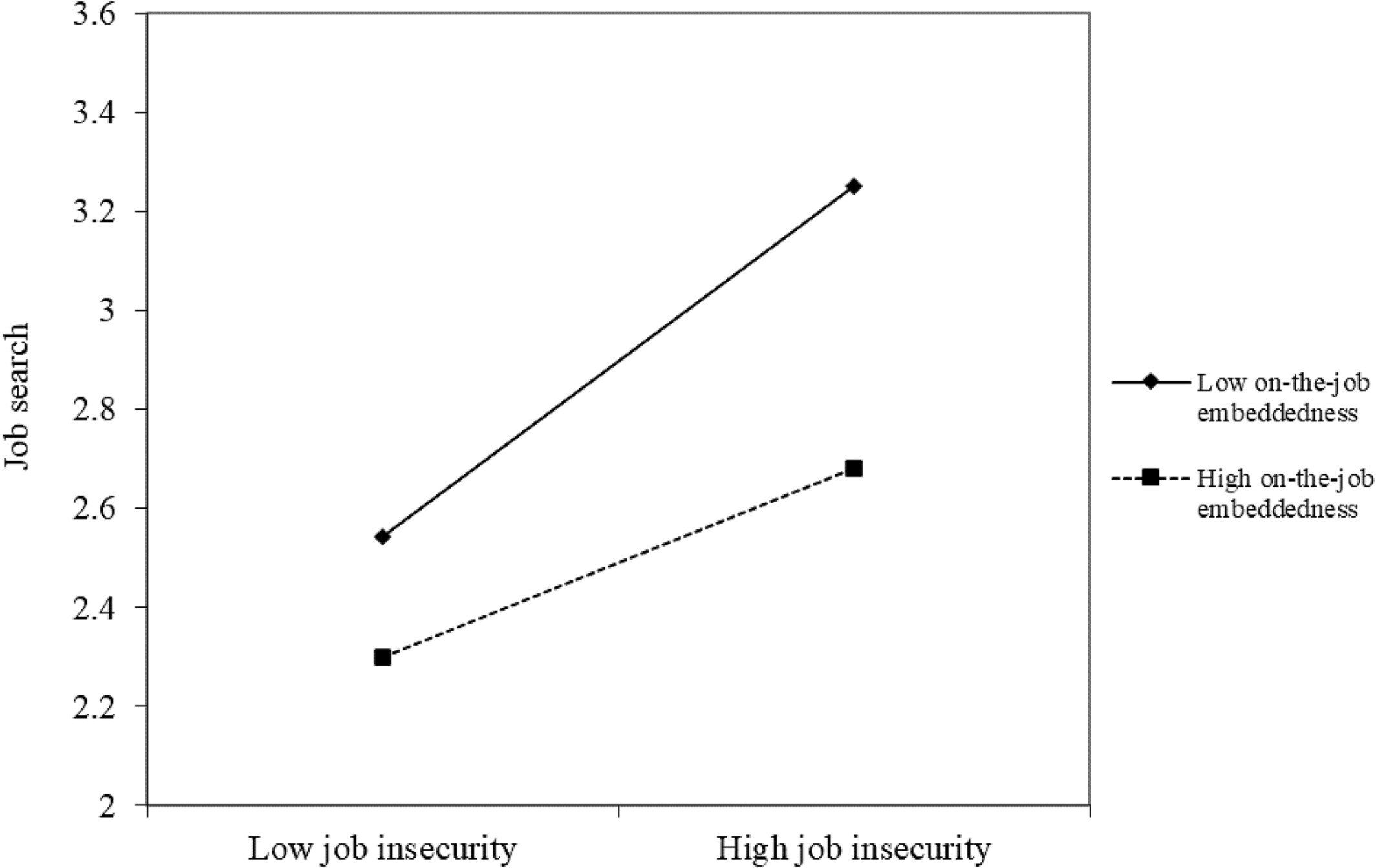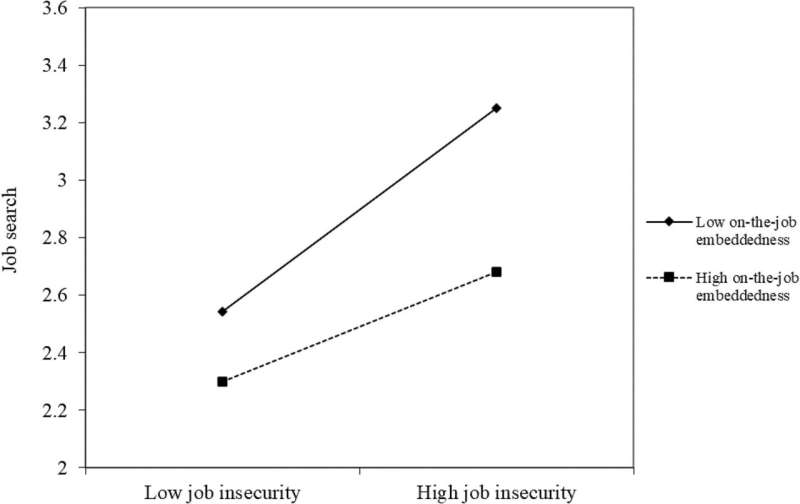

During the Great Resignation, the United States experienced a significant uptick in voluntary employee resignations about one year into the COVID-19 pandemic. The early stages of the pandemic, however, were plagued by high unemployment. In order to stay competitive, business leaders were compelled to identify which factors affect an employee’s decision to voluntarily leave or stay in a particular position when job insecurity is high.
To better understand this phenomenon, researchers from Hiroshima University, Texas Christian University and the University of Warwick performed two studies to better characterize the effects of job embeddedness, or factors that influence an employee’s commitment to their job, on voluntary turnover in the face of job insecurity. The research team based the framework of their study on the conservation of resources (COR) theory, which states that individuals accumulate and guard valuable resources to prevent future resource loss.
The team published their studies in the March 2024 issue of the Journal of Organizational Behavior.
“We used COR theory to consider why some employees faced with the threat of job loss respond by preemptively attempting to secure alternative employment and leave their organizations while others do not,” said Vesa Peltokorpi, professor in the Graduate School of Humanities and Social Sciences at Hiroshima University in Hiroshima, Japan.
In the first study, the researchers analyzed the effect of on-the-job embeddedness between job insecurity and job search. Based on COR theory, the researchers predicted that job insecurity would positively correlate with voluntary job turnover. The team used online surveys to determine respondents’ job insecurity and on-the-job embeddedness.
Three months later, the team sent a second survey to respondents to measure job search. Twenty-four months after sending the initial online survey, the research team sent a third survey to assess voluntary turnover of the study participants.
The team’s findings supported their hypotheses. “We found that job search mediates the positive relationship between job insecurity and voluntary turnover and that employees [with] higher… on-the-job embeddedness, [such as] links, fit, and sacrifices associated with leaving [the] organization, are less likely to search for jobs despite job insecurity,” said Peltokorpi.
In Study 2, the authors used a new group of full-time employee study participants to determine the effects of both on- and off-the-job embeddedness, including at-home and community commitments and relationships, between job insecurity and an employee’s turnover intentions. With this second study, the researchers were able to not only replicate the findings of the first study but also measure the effects of both types of embeddedness on turnover intentions and voluntary turnover.
“[In the second study, w]e found that [employee] turnover intention mediates the positive relationship between job insecurity and voluntary turnover, and that employees higher in on-the-job embeddedness are less likely to contemplate quitting despite job insecurity.
“However, off-the-job embeddedness, [such as] links, fit, and sacrifices associated with leaving [one’s] community had opposite interactive effects, exacerbating the relationship of job insecurity with turnover. This might be because community-based resources may provide social support and information-related benefits to individuals experiencing job insecurity,” said Peltokorpi.
Replacing employees due to voluntary turnover is expensive: by some estimates, the cost to employers may be as high as 90 to 200% of an employee’s annual salary. While the study authors are confident that this work will help business leaders and academics better understand voluntary turnover motivations, the team concedes there is more work to be done.
“We maintain that why off-the-job embeddedness moderates the relationship between job insecurity and turnover intention would benefit from further conceptual and empirical development. For example, future works can provide more fine-grained conceptualizations and empirical studies on how on- and off-the-job embeddedness alleviates or facilitates the relationships between job insecurity and outcomes,” said Peltokorpi.
David G. Allen from the Neeley School of Business at Texas Christian University in Fort Worth, Texas, United States and the Warwick Business School at the University of Warwick in Coventry, United Kingdom also contributed to this research.
More information:
Vesa Peltokorpi et al, Job embeddedness and voluntary turnover in the face of job insecurity, Journal of Organizational Behavior (2023). DOI: 10.1002/job.2728
Provided by
Hiroshima University
Citation:
Study: Job embeddedness impacts voluntary turnover in the midst of job insecurity (2024, October 4)
retrieved 4 October 2024
from https://phys.org/news/2024-10-job-embeddedness-impacts-voluntary-turnover.html
This document is subject to copyright. Apart from any fair dealing for the purpose of private study or research, no
part may be reproduced without the written permission. The content is provided for information purposes only.